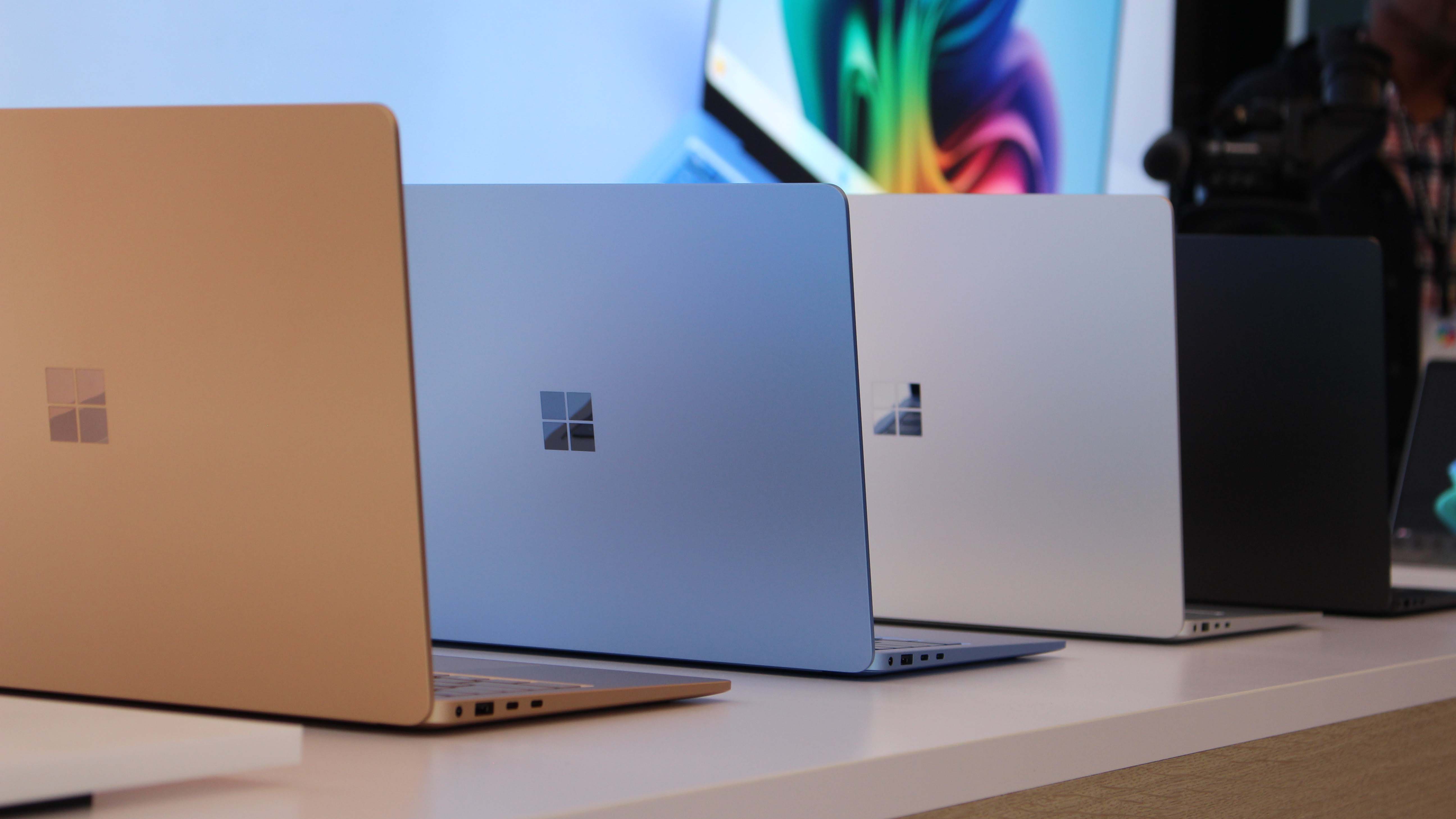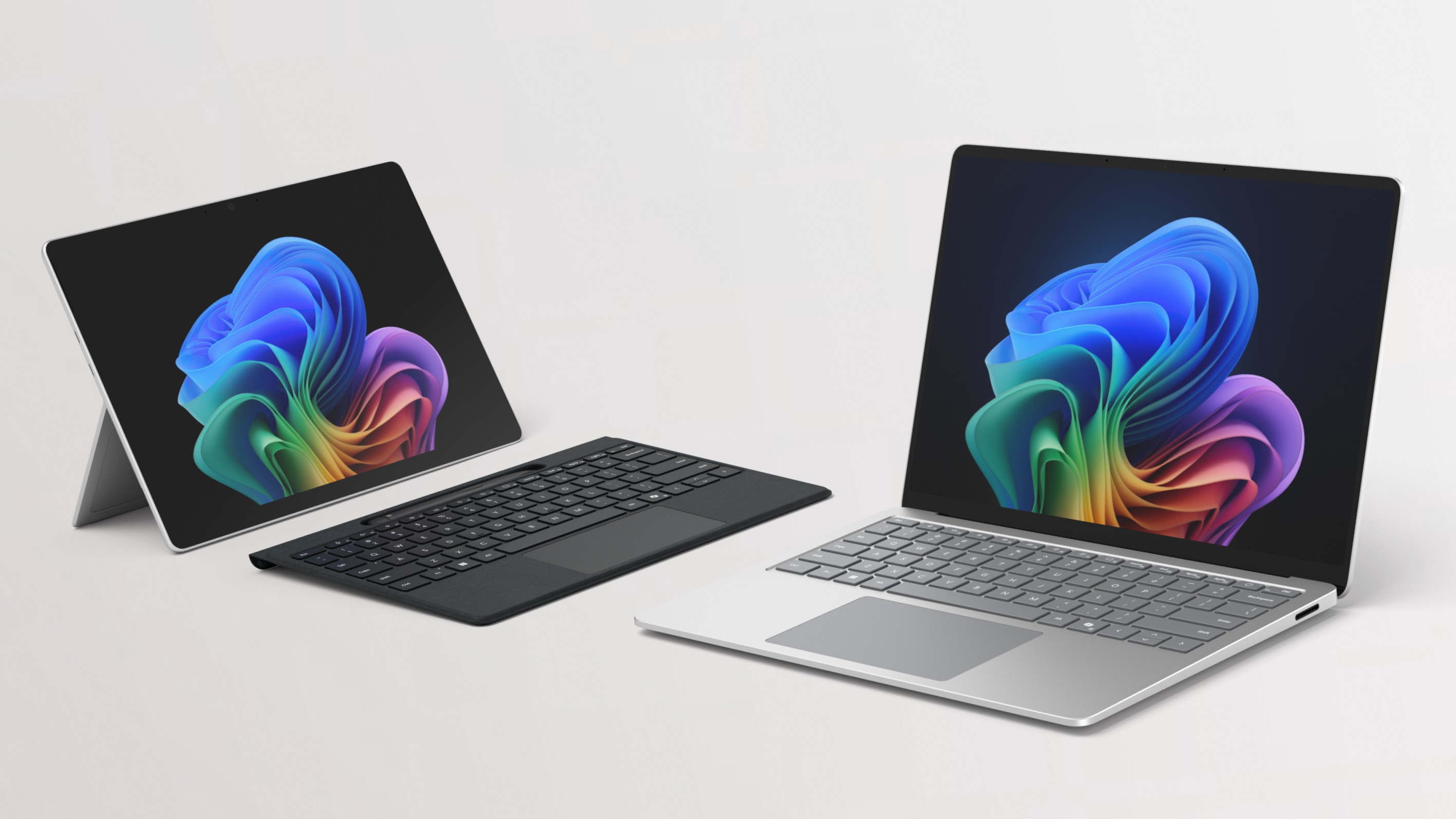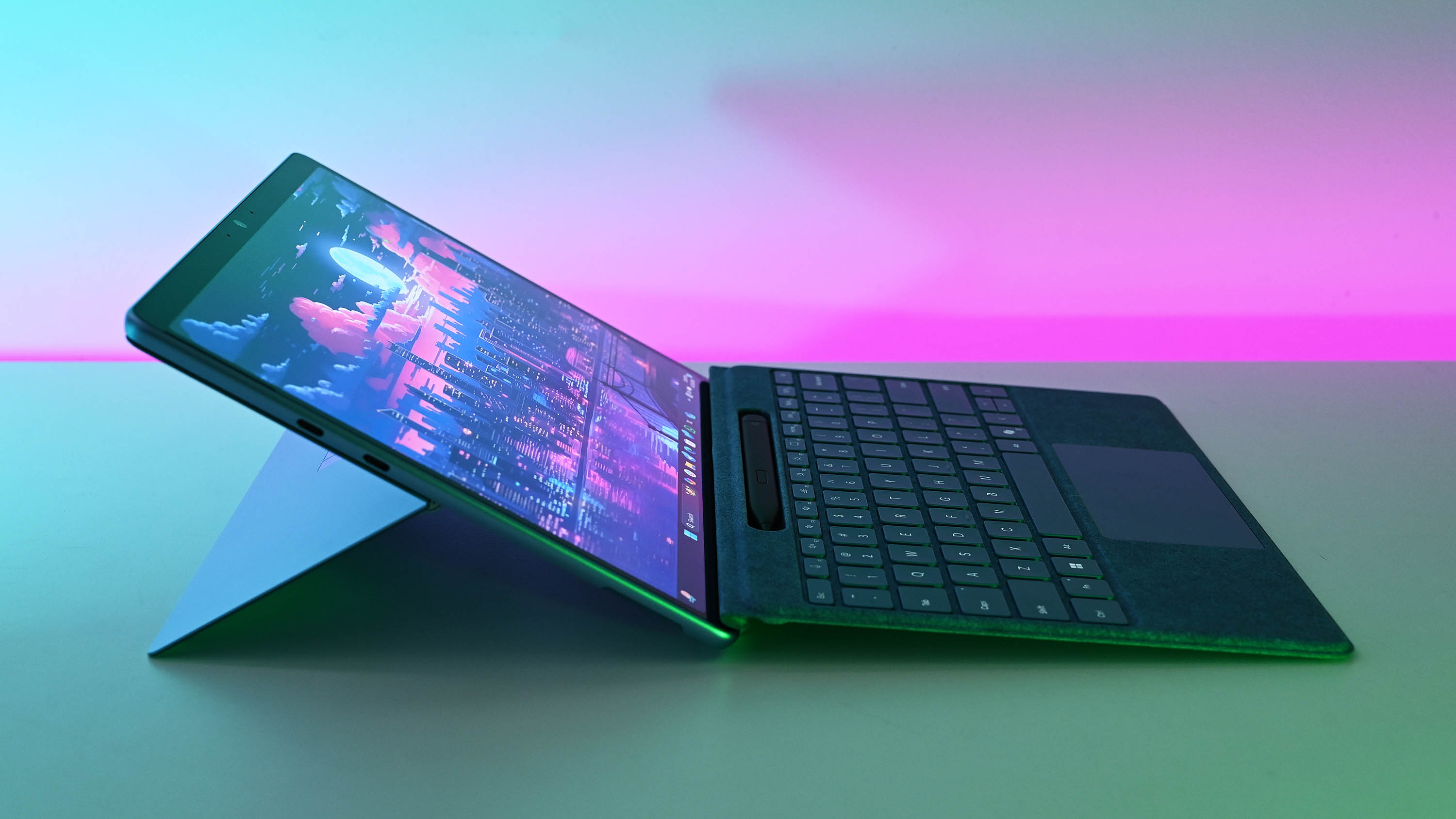
A fresh chapter has begun for Surface, and you might not realize it. Over the past 18 months, significant transformations have taken place within the Surface division at Microsoft. This transition started with Panos Panay’s departure and the arrival of new leadership, who are now working diligently to streamline the Surface product line and regain focus.
Previously, the Surface lineup stood out for its distinctive shapes and pioneering hardware. In a sense, it diverged from Apple’s approach to hardware design, opting for innovation over convention. The Surface RT/Pro, Surface Book, and Surface Studio were creations that Apple would never produce, and this uniqueness was what made Surface intriguing and captivating.
Microsoft has consistently leveraged its Surface line to guide the story and determine the direction it envisions for its Windows ecosystem. This is evident in products such as the Surface RT/Pro running on Windows RT/8, the Surface Book utilizing Windows 10, the Surface Neo designed for Windows 10X, and the Surface Laptop Studio optimized for Windows 11.
Today, things appear to have shifted quite a bit. The current line of Surface hardware seems less focused on being innovative or distinctive. Instead, it aims for the latest Surface Pro and Surface Laptop models to fit seamlessly into the market and attract as many people as possible. This translates to making sure that the newest hardware doesn’t cause any disruptions or upsets in the marketplace.
Regrettably, it seems that the grandeur of earlier Surface hardware no longer fits in the current Surface lineup. Devices such as the Surface Studio and Surface Duo, which catered to specific market segments, have been phased out. The emphasis now is solely on hardware that aligns with business clientele and broader markets.
Boring is necessary, for the greater good

A year ago, Microsoft introduced a fresh line of AI-enhanced Windows computers called Copilot+ PCs, primarily driven by Surface and Snapdragon X. In many aspects, this introduction echoed the debut of the original Surface RT/Pro in 2012, which aimed to pave the way for a new class of Windows PC and challenge OEMs to up their game.
Indeed, the debut of Windows RT/8 along with Surface RT/Pro didn’t fare well, and it’s accurate to attribute this failure primarily to Microsoft’s aggressive strategy. The corporation aimed to promote Windows on Arm, a novel type of hardware, as well as new Windows experiences, which the market collectively dismissed.
The initial event was filled with excitement, yet it proved to be too much change for many. In contrast, the Copilot+ PC launch has adopted a more cautious strategy, focusing less on introducing new categories and platforms. However, the core elements remain the same: continued support for Windows on Arm, innovation in hardware, and the development of fresh Windows experiences.
This time around, the focus isn’t on groundbreaking design innovations or revolutionary Windows experiences, but rather on refining and enhancing what we already have while preserving the current state as much as possible. The upcoming Surface PCs aren’t experimental prototypes, but improvements based on proven designs. Similarly, the new Windows experiences are not part of a brand-new Windows 12, but updates to the well-known Windows 11.
Above all, the Copilot+ PC launch provided a chance for Windows on Arm to truly showcase its capabilities. The Snapdragon chips have now reached a level where they can match performance and compatibility within the Windows environment. Essentially, this launch served as a reintroduction for Windows on Arm, making it crucial for it to execute flawlessly.
To guarantee a successful debut of Copilot+ PC, it was essential to adopt a traditional strategy to avoid repeating past mistakes of alienating the market. Microsoft aimed to make Windows on Arm feel familiar while introducing innovative AI experiences to strengthen the Windows platform. The key to making this change acceptable was to minimize disruptions as much as possible. In other words, Surface and Windows needed to be as unremarkable as possible.
If Copilot+ PCs had been introduced five years ago, it’s likely they would have debuted with an innovative new Surface design, accompanied by a revamped version of Windows that drastically alters the platform’s appearance and user experience. This could potentially upset the market again due to its unfamiliarity.
The purpose of Surface

The role of the Surface line has consistently been to establish a platform for the broader Windows ecosystem, and I believe this fundamental purpose remains unaltered. However, the methods used to achieve this goal have shifted towards a more cautious strategy in shaping the narrative and concentrating more on the overall well-being of the Windows ecosystem rather than attempting to launch new markets.
Today, the emphasis lies more on internal aspects compared to external ones, in terms of the Windows ecosystem. Key components such as Neural Processing Units (NPUs) and AI experiences built around them are currently vital. In this context, Surface continues to play a pivotal role by guiding the direction for Windows, focusing on these internal innovations.
Moving ahead, it’s likely that Microsoft will allow its OEM partners to explore different device types (form factors), while Surface devices serve as a test for validating popular trends in the market. Lenovo is already pioneering innovative designs, and if any of these gain traction, Windows and Surface products will adapt accordingly.
For now, it seems we’re experiencing a period of consistency and cautious innovation in the Microsoft Surface domain. It’s unlikely we’ll witness major hardware or software overhauls soon, as the company is mainly dedicated to transitioning Windows 10 users to Windows 11 and promoting Copilot+ PCs.
For the time being, let’s brace ourselves for practical Surface devices and continuous upgrades, as that’s what is currently preferred by the market. However, keep in mind that this approach could evolve in the future.
Read More
- PI PREDICTION. PI cryptocurrency
- Gold Rate Forecast
- Rick and Morty Season 8: Release Date SHOCK!
- Discover Ryan Gosling & Emma Stone’s Hidden Movie Trilogy You Never Knew About!
- Linkin Park Albums in Order: Full Tracklists and Secrets Revealed
- Masters Toronto 2025: Everything You Need to Know
- We Loved Both of These Classic Sci-Fi Films (But They’re Pretty Much the Same Movie)
- Mission: Impossible 8 Reveals Shocking Truth But Leaves Fans with Unanswered Questions!
- SteelSeries reveals new Arctis Nova 3 Wireless headset series for Xbox, PlayStation, Nintendo Switch, and PC
- Discover the New Psion Subclasses in D&D’s Latest Unearthed Arcana!
2025-02-20 20:11